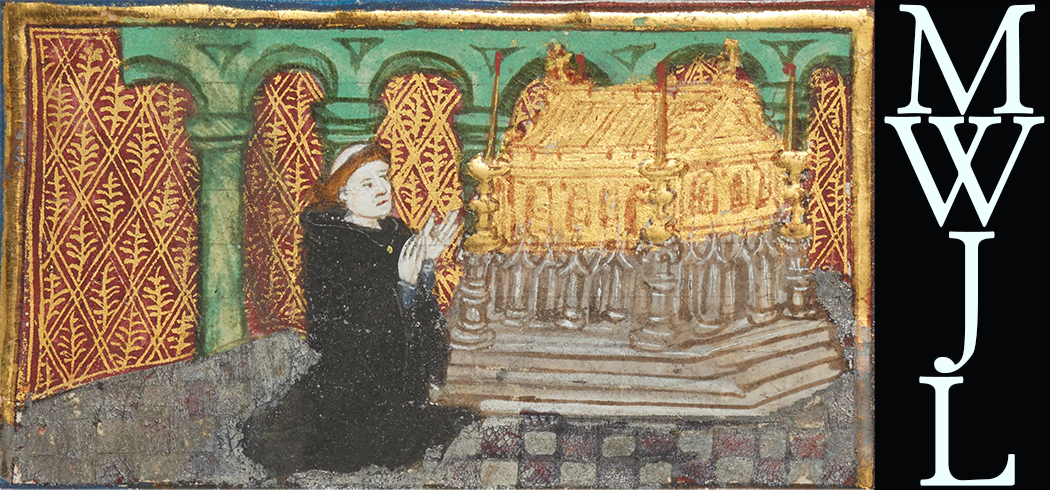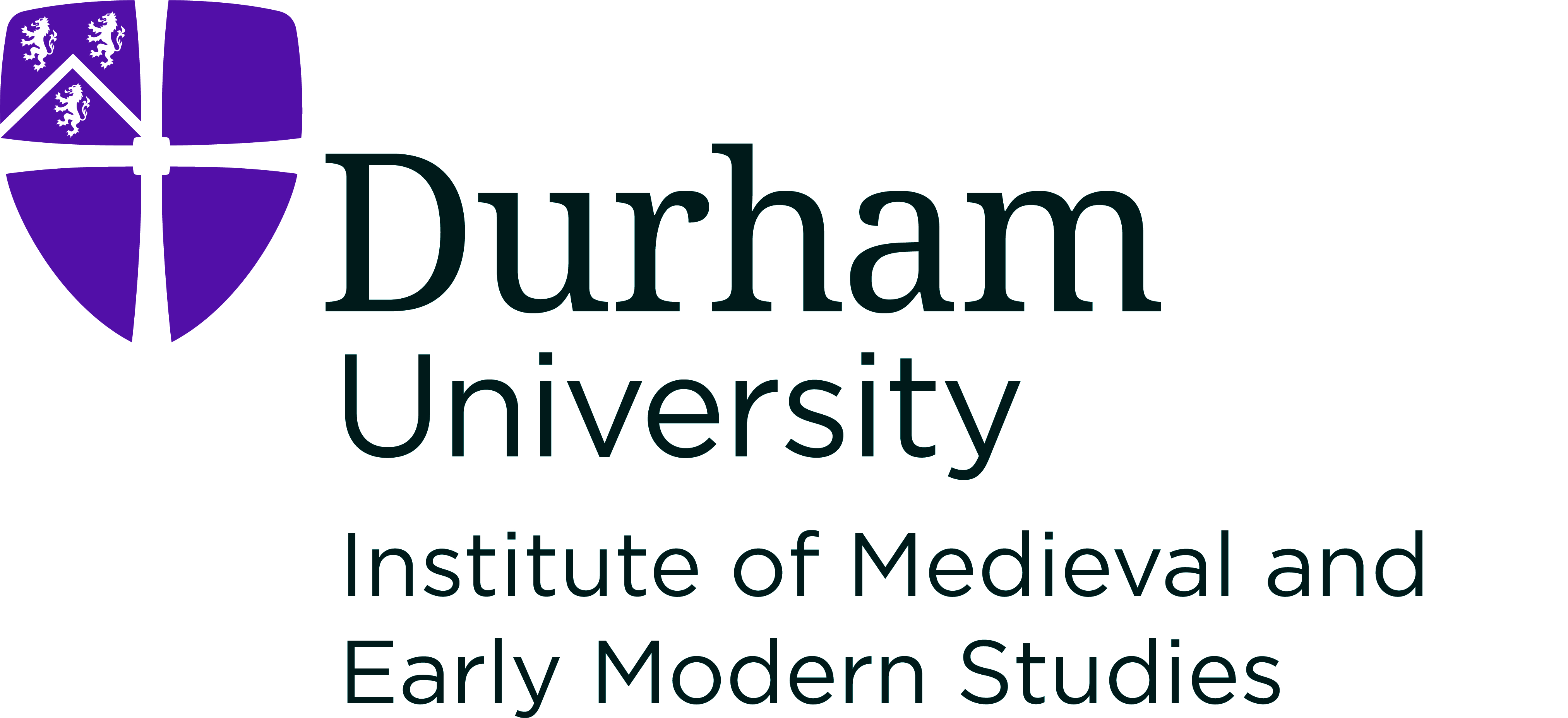 A Mumming at Hertford:
Trinity R.3.20 Verses
A Mumming at Hertford:
Trinity R.3.20 Verses
HomeAbout the ArchiveAbout John LydgateWorksManuscriptsAbout this ManuscriptEditorial ApparatusContactVisualization
Folio 24 Recto (Page 47)
Compare Witnesses: •
ɲ
And qweene •having an eyegħe / to þis mortal debate •
ffirst aduerting / of ful hyegħe prudence •
Wil vnavysed gyve here no
sentence •
Witħ oute counseylle / of haste to procede •
By sodeyne doome / for he takeþe heede •
To eyþer partye / as Iuge in different •
Seing þe paryll / of hasty Iugement •
To gif no sentence þer of diffynytyff •
Til þer beo made examynacyoun •
Of oþer partye / and Inquysicyoun •
He considereþe / and makeþe Raysoun his guyde •
As egal Iuge enclyning to noo syde •
Not witħstanding he haþe compassyoun •
Of þe poure housbandes trybulacyoun •
So offt arrested / witħ þeyre wyves rokkes •
Whicħ of þeyre distaves / haue so many knokkes •
Peysing also in his Regallye •
Notes
-
MacCracken has "set" here, but both this manuscript and Add. 29729 have "let." Multiple definitions of "letten" as well as definition 1a of "leten" in the Middle English Dictionary (, in particular the sub-definition regarding "a place or room for hatred") would both fit the line and the spirit of the debate. ↩
-
MacCracken has chosen to consider the otiose mark after the double "f" at the end of this line an e; he does not do so in the following line, nor does he do it in other places it appears. I see nothing to indicate that in this particular instance it is a suspension, so I have chosen to leave it out, especially because a similar mark appears at the end of "debate" and "sentence" in lines two and four, respectively. It should be noted, however, that Add. 29729 does terminate both "stryff" and "diffynytyff" below with an e as well as "different" and "Iugement" in lines seven and eight, although its rendering of the final words of lines eleven and twelve leave something to be desired. ↩











